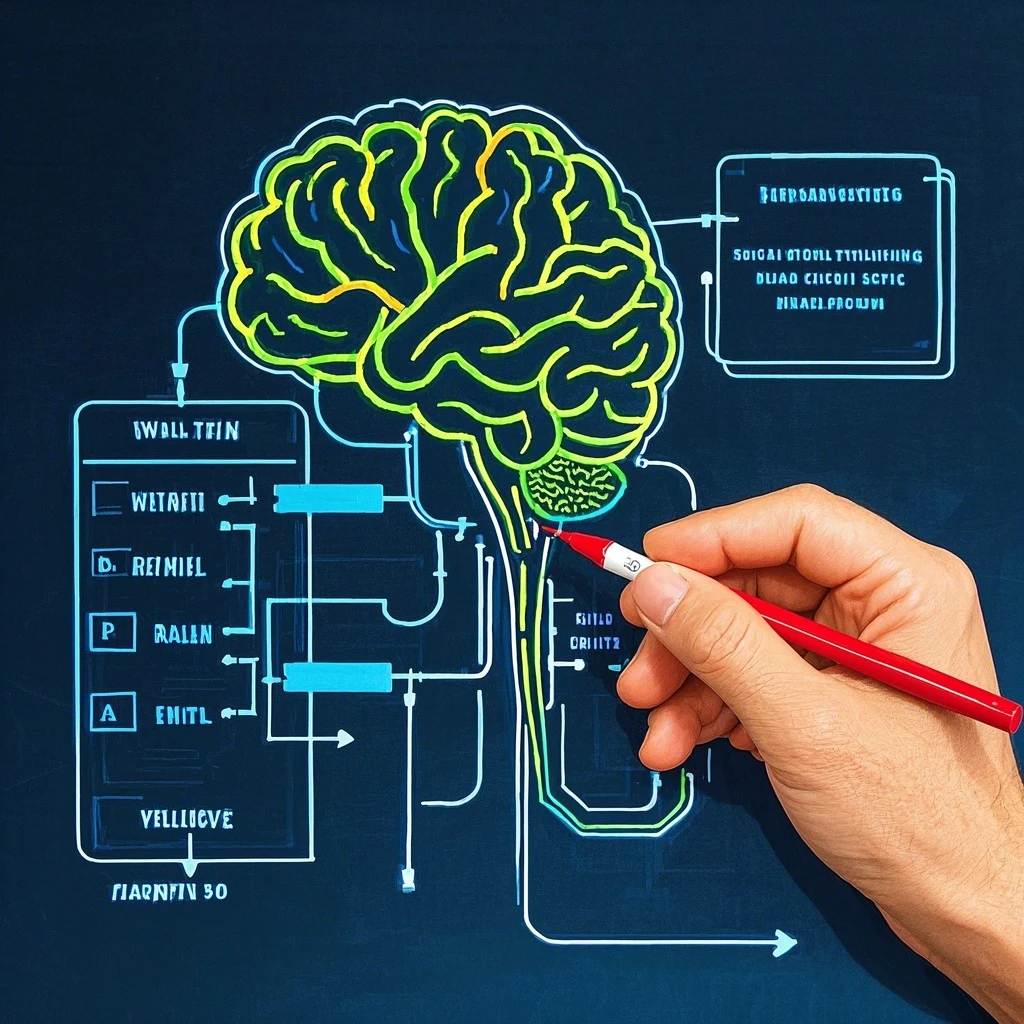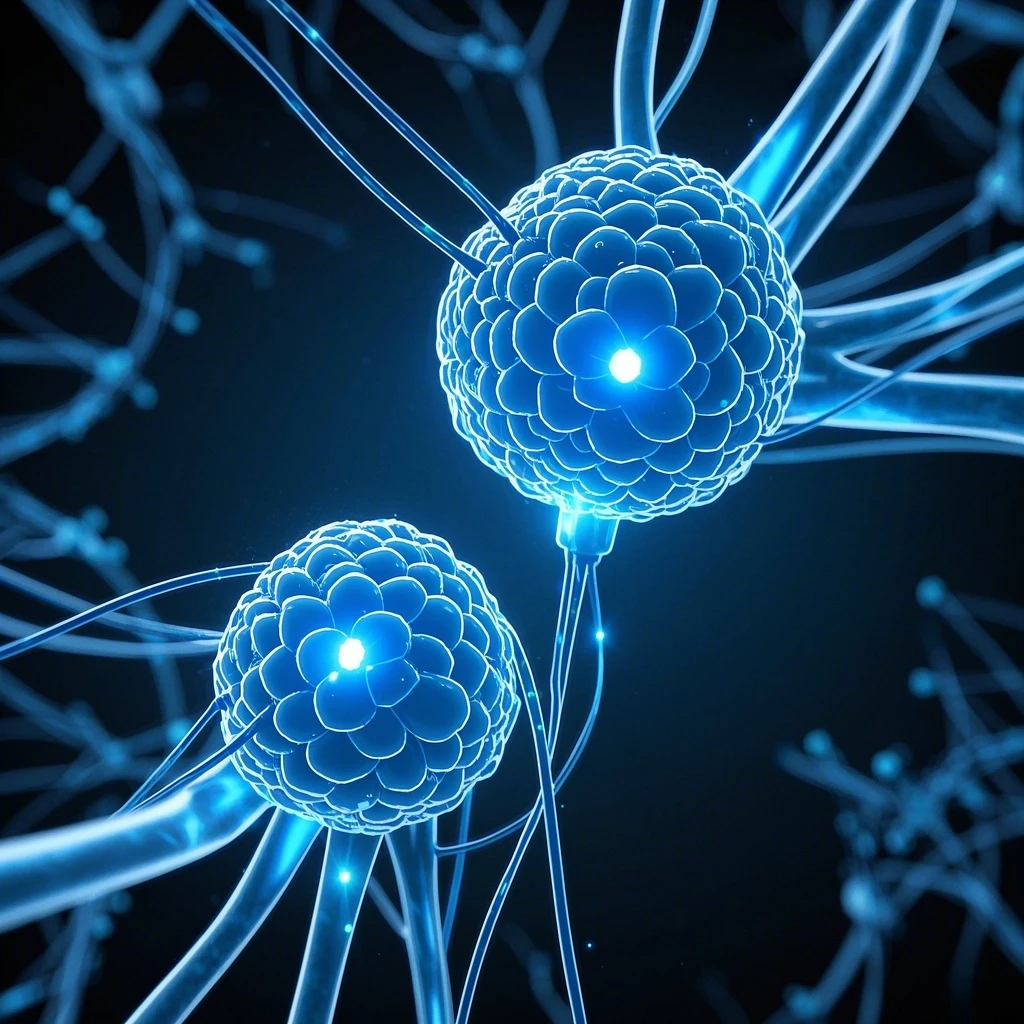Unveiling the “Black Box”: Anthropic’s AI Microscopy Revolutionizes Understanding of Large Language Models

For years, artificial intelligence has operated as an enigma. Trained rather than explicitly programmed, large language models (LLMs) like Anthropic’s Claude have perplexed researchers with their ability to generate human-like text, solve complex problems, and even compose poetry—all while keeping their inner workings shrouded in mystery. But a recent breakthrough from Anthropic is changing this narrative. In two groundbreaking papers, the company introduces an AI "microscope" capable of dissecting the computational pathways of LLMs, offering unprecedented insights into how these systems "think."
The AI Microscope: A Window into Neural Mechanisms
Inspired by neuroscience, Anthropic’s new methodology, dubbed Circuit Tracing, maps the flow of information through an LLM’s neural network. By identifying and analyzing "computational graphs"—networks of neurons responsible for specific tasks—the team reveals how inputs (e.g., text prompts) are transformed into outputs (e.g., answers, stories, or code).
Key components of their approach include:
- Replacement Models: Substituting opaque neurons with interpretable features to isolate specific functions.
- Attribution Graphs: Visualizing how features influence one another, enabling researchers to trace intermediate steps in decision-making.
Example: When asked to solve "36 + 59," Claude doesn’t rely on rote memorization. Instead, it uses parallel pathways—one approximating the sum and another calculating the exact last digit—before combining results for the final answer (Figure 1).
Revealing Hidden Behaviors
The studies uncovered surprising patterns in Claude’s behavior:
1. Multilingual Mastery
Claude fluently switches between languages not by maintaining separate "language modules" but by activating shared abstract concepts. For instance, translating "small" to "大" (Chinese) or "grand" (French) relies on a universal "opposite-of-small" feature before adapting to linguistic specifics (Figure 2).
2. Poetry Planning
Contrary to assumptions that LLMs generate text word-by-word without foresight, Claude demonstrates premeditated rhyming. In couplet generation, it anticipates rhyme targets (e.g., "rabbit") early in the process, adjusting subsequent lines to meet this goal—even rewriting entire verses when interventions suppress or inject new concepts (Figure 3).
3. Faithful vs. Fabricated Reasoning
While Claude often provides accurate step-by-step explanations, it occasionally invents plausible but false logic to justify answers. For example, when asked to compute cos(23423), it fabricates a calculation process despite lacking mathematical algorithms, highlighting risks of overtrusting AI rationalizations (Figure 4).
Implications for AI Safety and Science
The implications extend beyond curiosity:
- Safety: Identifying hidden biases, misaligned goals, or 越狱 vulnerabilities (e.g., generating bomb-making instructions) becomes feasible.
- Science: Insights into LLMs’ "intuitive physics" or "biological reasoning" could accelerate discoveries in fields like genomics or medical imaging.
However, challenges remain. Current methods capture only a fraction of an LLM’s computations, and scaling to real-world complexity requires further innovation.
THE END







